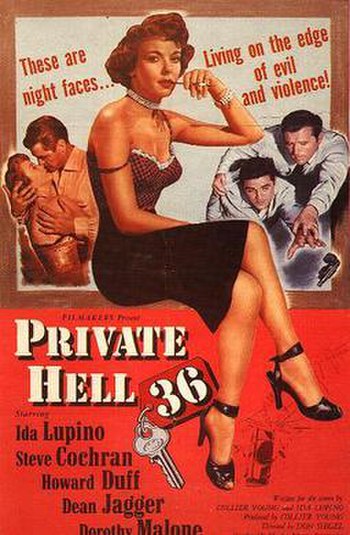Siren of the Tropics (1927) is an interesting but rather silly silent film, from France, which is the first full-length picture to star an African American performer: the dancer Josephine Baker.
Baker’s dancing is admirably confident, her body strong and agile, in what is strictly a vehicle for her. Like the Baker talkie Princess Tam Tam, Siren depends too much on a black woman’s persistent love for a white man (Pierre Batcheff), a man she’ll never win. This is in spite of her sexiness. In this somewhat uncensored item, Baker bares her comely breasts, but this is in keeping with the lowbred island character she is playing. Not that this lowbred “siren of the tropics” is unlikable, though; she isn’t. She’s a gem, and the whole picture.





